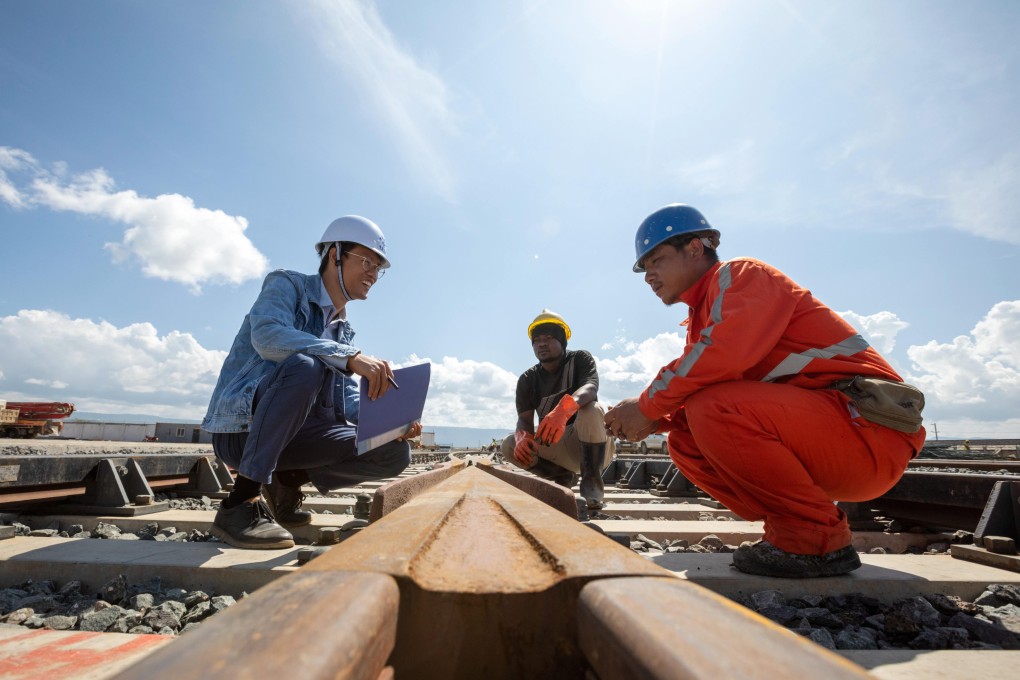Advertisement
Opinion | How the West can learn from China’s Belt and Road Initiative and vice versa
- The G7’s Build Back Better World plan, US Blue Dot Network and EU’s connectivity strategy can learn from China in offering more flexibility to the global south
- Meanwhile, the Belt and Road Initiative can learn to be more transparent
Reading Time:3 minutes
Why you can trust SCMP
6

More than a year into the pandemic, chaos remains in the once very efficient and “lean” global supply chains. The pandemic has interrupted the normal flow of goods, creating bottlenecks at different stages of the global production network.
The ripple effects of this initial shock have been amplified by the uneven reopenings and lockdowns across the world, the Suez Canal incident and by problems at ports in southern China due to a new Covid-19 surge.
Many commentators see these issues as showcasing the need for more diversified supply chains and bringing production closer to consumer markets. Although this diversification is slowly happening, the reality is that without more investments in infrastructure around the world, diversification will be impossible.
Addressing this infrastructure deficit – estimated to grow to US$15 trillion by 2040 by the World Economic Forum – in a post-Covid-19 world will require a massive effort.
China’s Belt and Road Initiative was well received in the global south in the beginning, as traditional donors in the West had moved away from physical infrastructure support due to the riskiness of projects. The initiative quickly received praise from host governments for both its neutrality in domestic affairs and speed in fulfilling projects.
Advertisement


